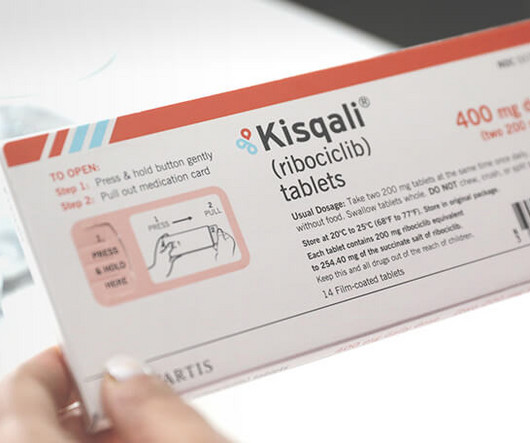Doobie-ous Competition: How a Cannabis Company Can Use Employment Agreements to Protect Intellectual Property
LexBlog IP
SEPTEMBER 13, 2023
The cannabis industry presents a unique opportunity for former employees to misappropriate a company’s intellectual property. In this example, if the Michigan cannabis company has not taken any steps to protect its marks in California, fewer remedies (if any) are available to stop its brand’s misappropriation.












Let's personalize your content